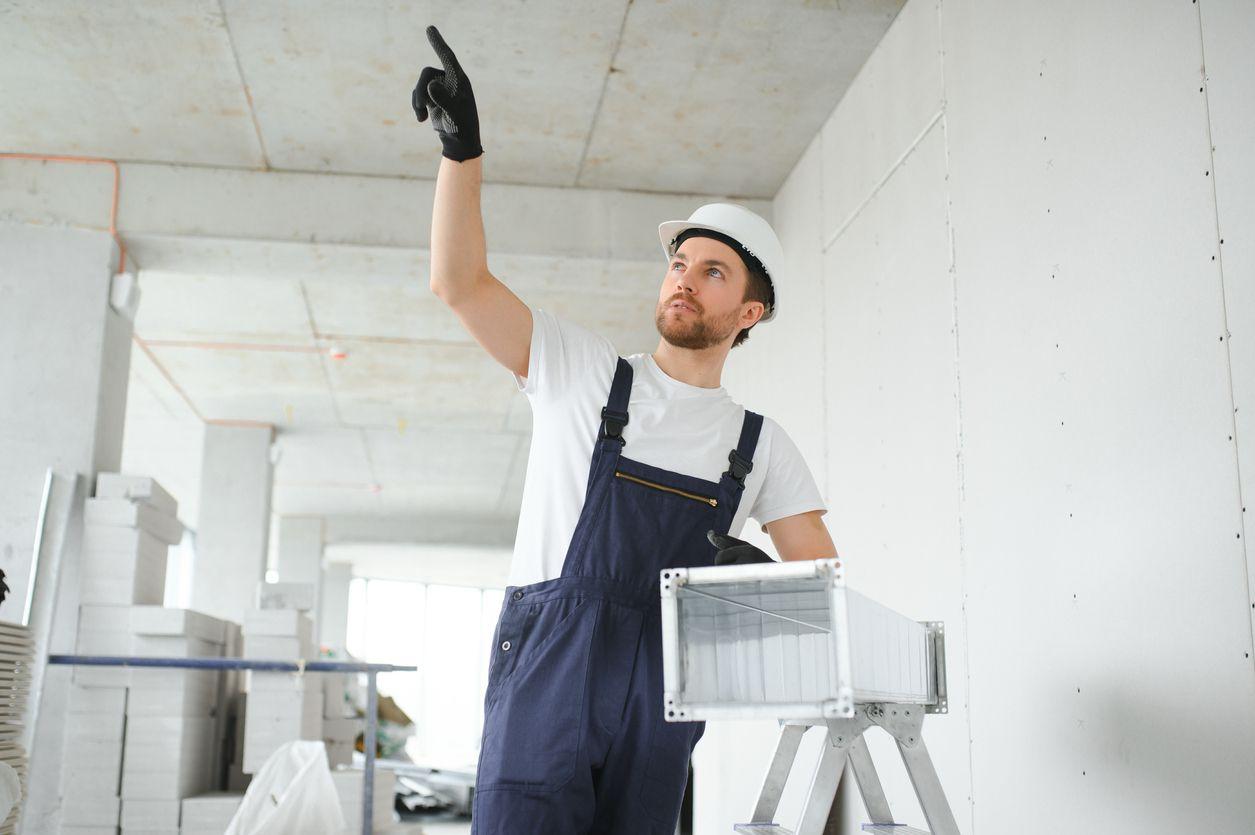Duct Restoration: How It Works and the Benefits

In the wake of unfortunate events such as floods or fires, your air ducts and other critical HVAC components may sustain severe damage, leading many homeowners to assume that duct replacement is their only option. However, in some cases, duct restoration presents a viable alternative that can save both time and money. Keep reading to learn more about HVAC restoration, the process, benefits, and associated costs.
What Is Ductwork Restoration?
Duct restoration is a significantly more involved process than duct cleaning. It includes cleaning, repairing, and refurbishing existing HVAC ductwork. While it is frequently performed after incidents like floods, fires, or soot contamination, restoring ductwork also offers a practical solution for rejuvenating aged and damaged ductwork to restore the ductwork to its previous condition. This is a cost-effective alternative to investing in an entirely new system.
“In a lot of cases, duct restoration takes the ductwork all the way back to when it was first installed; generally new-like condition,” said Jessica Wicks, President of DUCTZ, a national air duct cleaning and duct restoration company. “The HVAC supply chain is really backed up right now; you can’t get your hands on a lot of products. It’s generally cheaper and easier to restore your HVAC system than to replace it, and it’s better for the environment.”
What Does Duct Restoration Include?
Restoring HVAC ducts begins with a comprehensive inspection of the ductwork to identify any damage or issues. Based on the findings, your HVAC technician will create a plan to address problem areas which may include duct repair or duct sealing.
1. Duct Cleaning
The ductwork restoration process begins with a thorough cleaning of the air ducts to eliminate dirt, dust, debris, allergens, and mold. Skilled HVAC technicians employ specialized equipment, such as high-powered vacuums and brushes, to dislodge and remove contaminants from the interior surfaces of the ducts. DUCTZ extends its cleaning efforts to include cleaning the evaporator coil, drain pan, and blower housing, ensuring the restoration of all components that work in tandem with your home’s ductwork.
2. Duct Repair
Damaged ductwork can typically be repaired by a professional HVAC technician. They can address issues such as damaged insulation, loose connections, and cracks and holes.
3. Duct Sealing
It’s estimated that 20% or more of conditioned air is lost through gaps and leaks in ductwork. This leads to significant energy loss, higher energy bills, and increased wear and tear on system components which cause a breakdown or shortened lifespan. An indoor air quality specialist can use mastic tape or sealants to seal any openings for proper operation and improved efficiency.
4. Duct Insulation
Ductwork insulation helps maintain a proper temperature in your home by preventing temperature loss or gain as the air travels through the ductwork. This is especially beneficial if your ductwork is located in unconditioned areas such as crawlspaces, basements, or attics.
The Benefits of Duct Restoration
- Cost savings. Compared to replacing your ductwork, duct restoration services can yield significant savings. According to ThePricer.org, duct restoration costs between $500 and $2,000 on average. The cost of restoring air ducts varies based on your home’s size, the complexity of the duct system, and the extent of the damage. Wicks said HVAC restoration is often 80% cheaper than installing new ductwork.
- Time savings. Due to the international shortage of HVAC equipment and components, you may have to wait several weeks before your HVAC dealer can secure the needed installation materials and parts.
- Improved health. Removing contaminants such as dust mites, microbial growth, and chemical irritants from the ductwork creates a healthier indoor environment. You may notice reduced occurrences of fatigue, headaches, and allergy symptoms.
- More environmentally friendly. HVAC restoration has a significant environmental impact, as it prevents your existing ductwork from going straight to the landfill.
- Extends the lifespan of your ductwork. Ductwork restoration service can extend the lifespan of your air ducts by 10-20 years.
Improved efficiency. Clean HVAC systems and ductwork operate more efficiently, lowering energy consumption and heating and cooling costs.